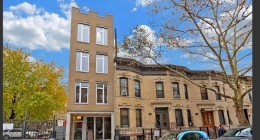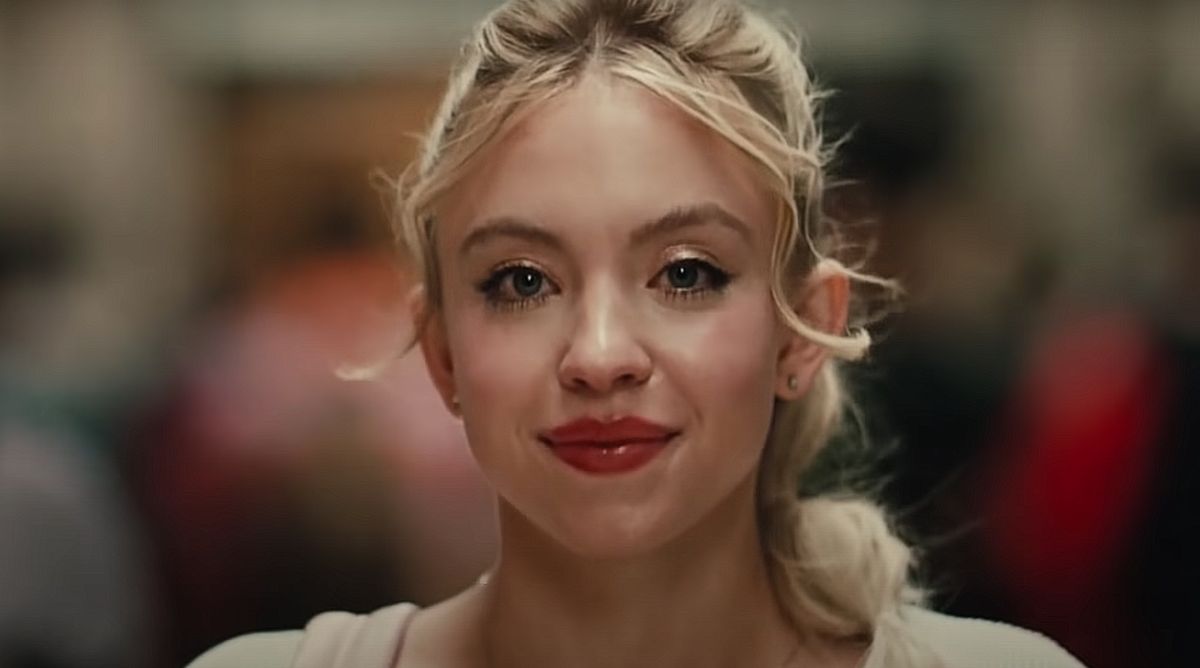
Following the sudden passing of his father in 2003, Guillaume d’Angerville took over the rein of managing his family’s extensive vineyards. Wine connoisseurs would be quick to notice that the wines from the Marquis d’Angerville estate are known for their quality. With a heritage that spans over centuries, its winemaking know-how is revered in the industry.
Though not quite a transition that Guillaume had hoped for, he took on the challenges with gusto and persevered on. Ahead, he shares with LUXUO the intricacies involved and his wine pairing recommendations.
Tell us about the history of the Marquis d’Angerville estate, which year do the Chateau and its surrounding vineyard date back?
The village of Volnay was the property of the Dukes of Burgundy in the Middle Ages, and was already covered with vineyards. In fact, the name of Domaine Marquis d’Angerville’s most prestigious wine, Clos des Ducs, Monopole, derives its name from the Dukes of Burgundy who owned it then. The name has been registered as such for at least 500 years.
My family purchased the estate (not a chateau, not a very Burgundy word) at the beginning of the 19th century (1804) and it has been in the family, and run by a family member since then. My grandfather took over the property around 1905 and proceeded to replant the vineyards that had been destroyed by phylloxera. We owe him the reputation of the Domaine today.
You lost your father rather abruptly in 2003, it was a major shock within the family and you were at that time working for JP Morgan in Paris. How did you copwith these extremely difficult moments and subsequently take over the management of the estate?

My father Jacques died unexpectedly in July 2003, after supervising 52 vintages in a row, but we had previously discussed my homecoming to take over from him. The sad news was that there was no overlap between him and me, as had been planned. Nevertheless, my brother-in-law, who is an agricultural engineer, had worked with my father for 15 years before he passed away, and agreed to stay with me for as long as necessary. He “downloaded” on me what he had learnt from my father. He was a great teacher and got me started in the best possible way.
You worked in New York, London and Paris. Did you always intend to come back one day to Burgundy?
As early as when I was a teenager, my father had recommended that I should live and work abroad, and I followed his advice. At the time of his death, I had returned to Paris, and he and I had regular discussions on the timing of my return, not on the possibility of such return, which was always the intention.
What changes have you seen in Burgundy since taking over the estate in 2003?
The first thing that strikes me is that the overall quality of the wines produced in Burgundy has continued to improve at a rapid pace over that period. There are more and more great producers in the region, and the younger generation (younger than me, that is!) is very promising indeed.
The other notable element, of course, is that Burgundy has gained considerable recognition worldwide, and that quality wines out of the region are always in short supply. It is a tiny region in terms of acreage, and there is no possibility of increasing acreage, while the audience for Burgundy wines keeps growing.
The secondary effect of this situation is a rapid inflation of land prices, which itself contributes to higher bottle prices. We have seen the appearance of foreign investors acquiring land at prices local growers cannot compete with.
Why did you move to biodynamic viticulture?

I was a close friend of Anne-Claude Leflaive (same birth year), and she was naturally on my list to visit when I returned to Burgundy. When we had lunch together, she proceeded to explain why I should convert the estate to biodynamic, which she had done a few years before (she was in fact the pioneer of biodynamic viticulture in Burgundy). She was rather convincing, and I decided to follow her advice. Initially, it was tough but my main objective was to protect my soils, which are damaged when using chemicals. This was a good enough reason to proceed, but I was quick to realise that biodynamic viticulture also has a positive impact on the wines, giving them extra energy and balance.
Your local distributor Corney & Barrow has been promoting the 2017 Domaine Marquis d’Angerville produced from Chardonnay grapes. How would you describe this specific cuvée?
While Domaine Marquis d’Angerville is mostly known for its red wines, I am very pleased to offer three white wines as well: Meursault 1er cru Santenots, Bourgogne Chardonnay and Bourgogne Aligoté. The Bourgogne Chardonnay you are referring to comes from a vineyard located on the village of Volnay, in the flatter part of the village. The 2017 Bourgogne Chardonnay is a perfect example of what we like to achieve with this cuvée: the tension in the wine that gives it energy, and yet there is a sensation of volume and length in the mouth. Lovely citrus aromas in the early years, that fade away with bottle ageing.
Which wine from the estate would you pick for a more formal dinner composed of beef or wild game meat?

The Premiers Crus from Volnay are well-suited for beef or wild game meat. For a formal dinner with sophisticated cooking, I would recommend a Volnay 1er cru Taillepieds, or a Volnay 1er cru Clos des Ducs, Monopole. A bit of age is necessary, perhaps a 2011 or 2014. 2015 would work well with wild game meats.
Which wine from the estate would you pick for a more lighter lunch?
Volnay 1er cru Clos des Angles or Volnay Premier Cru. Both are approachable earlier than the other premiers crus. Bourgogne Pinot Noir or Bourgogne Passetoutgrain are other, lighter options.
How do you view Burgundy wine lovers in Asia versus European or American regular Burgundy wine drinkers? How do their taste or requests differ?
I have been very impressed by the level of knowledge Asian drinkers have about Burgundy in general, and Volnay and Domaine Marquis d’Angerville’s wines. The US market has been a leading purchaser of Burgundy wines for over a century now, and my grandfather started selling into the US just after the prohibition. Asia is a relatively new market in comparison but is catching up fast, and the wine audience is avid to learn and understand our complicated region classification. It is quite refreshing for a winemaker to know that the ultimate consumer knows what he or she is drinking.
Do you welcome visitors and wine lovers at the estate?
Sadly, due to overwhelming demand, we no longer accept visitors to the estate. Professional clients and wine journalists are welcome.
Have you seen the 2017 movie by Cedric Klapisch ”Ce qui nous Lie” (Back to Burgundy)? How did you personally react to that movie set in Burgundy and focusing on inheritance issues?
Cedric Klapisch’s “Ce qui nous Lie” is a wonderful movie that is very touching for the local community because the story it tells is very realistic. Every wine-growing family has had to face the difficulty of arranging the transmission of the estate to the next generation, and it is a challenge we all must live with, especially at a time of rising land prices, as discussed earlier.
Cedric Klapisch shows these difficulties very nicely, with a great set of actors, including my friend Jean-Marc Roulot, actor, and winegrower in Meursault.
What is your personal favourite memory working on your family’s estate together with your children?
The harvest is always the best time to collect nice memories. It is very hard work, but it is also the result of an entire year of caring for the vineyard. The best memory of all, of course, is the famous Paulée, the meal that celebrates the end of the harvest. It is prepared and served by the owner for the vendangeurs who have worked hard to bring the grapes home.
It is a very convivial affair, with lots of songs and laughter together.
In Singapore,
Email: contactsg@corneyandbarrow.com
Tel: +65 6221 8530
For more information about Marquis d’Angerville, click here.




